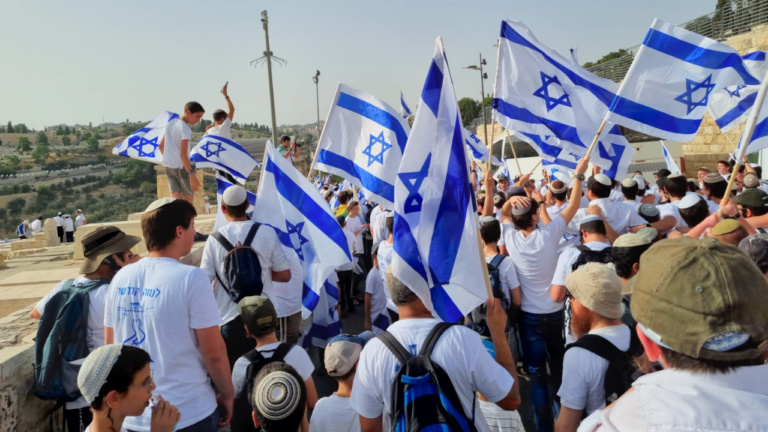The Tzaddik of Sedom and the Tzaddik of Jerusalem
Avraham Avinu famously takes on the role of defense attorney for the evil people of Sedom and Amorah. Although these decrepit societies were the antithesis of everything that Avraham stood for, he boldly prays on their behalf when HaKadosh Baruch Hu informs Avraham that He is considering destroying them. (It is worth noting in this context that a careful read of the pesukim reveals that Avraham was not arguing with Hashem. Rather, Hashem had informed Avraham that he was considering destroying Sedom. Avraham then begins to negotiate the terms under which Sedom can merit salvation.)
Avraham immediately starts by declaring “האף תספה צדיק עם רשע, would you also destroy the righteous along with the wicked?” Eventually, Avraham is able to “convince” Hashem to not destroy these cities if even ten righteous individuals can be found. The entire negotiation between Avraham and Hashem centers around the premise that righteous individuals should not suffer for the mistakes of those that surround them. In fact, their merit should protect even wicked individuals who live alongside them.
However, the destruction of Jerusalem seems to call both of these assumptions into question. The Gemara Shabbat (55a) quotes from the verses in Yechezkel (9:6) that describe the destruction of Jerusalem. Initially, God decided to spare the righteous individuals in the city. He commanded the angel Gavriel to mark the foreheads of the righteous with a “ת” of ink in order to spare them. “Old man, young man, and maiden, young children and women, you shall slay utterly, but to any man upon whom there is the mark you shall not draw near…” But the Attribute of Justice began arguing that the righteous deserve destruction as well, “what is the difference between these (the wicked) and these (the righteous)?” True, the tzaddik kept all the mitzvot in the Torah. But he made no attempt to help those around him adhere to that same Torah.
At that moment, God “relented” and decided that the destruction will include the righteous. In fact, the destruction would begin with the righteous, “וממקדשי תחלו, and you shall commence from My sanctuary. Do not read this מקדשי but rather מקודשי, from My sanctified ones.” The Gemara concludes by saying that these sanctified individuals had fulfilled the Torah from א to ת (A to Z). And yet, his protective “ת” representing תחיה and תחון (life and compassion) became a “ת” of death (תמות) and despair (תמה זכות אבות).
The contrast between our parsha and this gemara is startling. Avraham passionately argues that righteous individuals should save an entire society of absolutely despicable people. And God seems to agree! And yet, when the destruction of Jerusalem occurs, God concurs with the Attribute of Justice that “these are no different than these” and orders the devastation to specifically begin with those who kept every mitzvah in the Torah.
Perhaps we can suggest that the standard of righteousness for Sedom was quite different than what is expected from a tzaddik of Jerusalem. In Sedom, a severely perverse philosophy of individualistic hedonism reigned supreme. An individual who was capable of fending off such pernicious influences could be called righteous. There was no expectation that he should help those who were around him. After all, Sedom was the place that worshiped the individual. The “righteous” weren’t expected to transcend this aspect of self-infatuation. As long as one remained personally pure, you were deserving of redemption.
But in Jerusalem, there is no such thing as an individual whose spiritual merits stand in isolation. The city of Yerushalayim embraces and unites all Jews, righteous and wicked alike. We stand as one in front of the Master of the Universe. The keruvim that hovered over the Aron would only face each other when the totality of Klal Yisrael merited such divine favor. No matter how holy an individual Jew may have been, keeping the mitzvos A to Z, he was not worthy of Jerusalem’s divine embrace when his brethren were drowning in sin. Ironically, the tzaddik in Jerusalem becomes the representative for the entire congregation even when it is decided, God forbid, that Klal Yisrael must be punished. He is the proverbial rosh of the guf shel Klal Yisrael. His mark for protection can become his mark for punishment r’l.
In our holy city, it is abundantly obvious that our merits and destinies are intertwined. No tzaddik stands alone. May we all together merit the protective mark that will declare all of Klal Yisrael deserving of divine mercy and life.



